Ukraine under fire: Where does Russia get its ‘endless’ supply of drones and missiles?
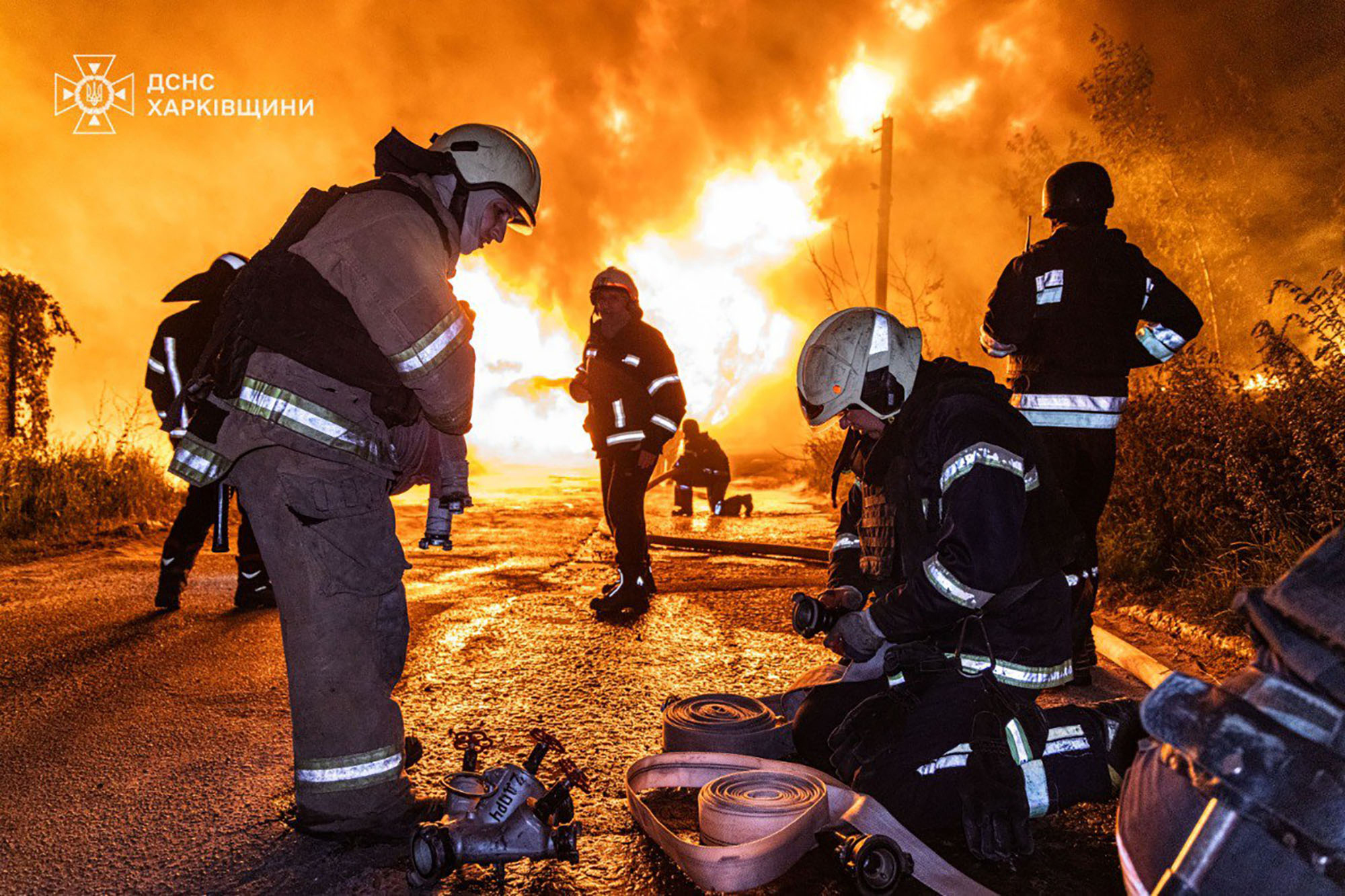
Russia’s military has launched thousands of missiles and drones at Ukraine over the past month, stepping up the intensity of attacks in a terrifying tempo that has driven many Ukrainian civilians underground, seeking safety in bomb shelters every night.
Last week saw the biggest attacks since Russian launched its full-scale invasion of Ukraine in February 2022.
But with long-standing sanctions packages in place – and President Volodymyr Zelenskyy calling on Wednesday for even tougher sanctions still – where does Russia’s seemingly endless supply of drones come from?
"We’ve really seen a surge in the use of these long-range drones," Fabian Hoffmann, a military technology expert at the University of Oslo, told FOX Business.
HEGSETH TEARS UP RED TAPE, ORDERS PENTAGON TO BEGIN DRONE SURGE AT TRUMP'S COMMAND
"They’re easy to manufacture, basically a wooden construct with lightweight material and a warhead inside it. The biggest bottleneck in production will be procuring the conventional explosives, but the satellite navigation system, the inertial measurement unit, these things are fairly easy for Russia to produce or to get in the international markets."
"The drones are not the same high military grade that we are used to in the West, but it is good enough," he said.
Russia initially imported a couple of different Shahed drone variants from Iran, and when they saw how effective they could be, Moscow set up a licensed production agreement, which involved Iranian engineers and drone experts establishing production plants in Russia and importing many of the parts they needed.
JACK KEANE: PUTIN WANTS TRUMP ‘SO FRUSTRATED’ THAT HE STOPS AIDING UKRAINE
But the production systems rapidly evolved, with Russia developing its own version of the Shahed, called the Geran-2, which comes with upgrades.
"There have been at least six fairly major adaptations that the Russians have made to the Shahed drones, including just painting them black instead of white so it is more difficult to shoot down at night," Hoffmann says.
"Russia is now the Shahed expert, even though the drone comes originally from Iran."
The drones that Russia is firing in such huge numbers at Ukraine are slower and less powerful than conventional missiles, but their number one purpose is to saturate the skies and overwhelm defense systems. Ukraine has to use expensive interceptors to target the Shahed or Geran drones, and its defensive arsenal can quickly become depleted.
Zelenskyy said that on Tuesday night, "dozens of enemy targets were downed" using interceptor drones, and that his country is "scaling up" the interceptor drone technology.
At the start of the week, President Donald Trump promised to send more defensive weapons to Ukraine in the face of the renewed Russian aerial onslaught, just days after the Pentagon had paused weapons shipments, citing concerns that U.S. stockpiles might be running low.
US WILL ‘HAVE TO’ SEND WEAPONS TO UKRAINE, TRUMP SAYS DAYS AFTER PENGAGON PAUSE
Hoffmann says Ukraine could adopt a strategy of hitting drone launch sites, and target Russia’s defense industries, including factories that produce component parts for the drones like explosives, computer chips and other advanced electronics.
"Trying to deal with the drone attacks just using missile defenses is a losing game. Europeans are heavily bolstering air missile defense capabilities, but it is not enough. Russia is expanding its offensive capabilities faster, and offensive weapons are cheaper to produce than defensive," he said.
Defense Secretary Pete Hegseth last week issued sweeping new orders to fast-track drone production and deployment, allowing commanders to procure and test them independently, as part of an aggressive push to outpace Russia and China in unmanned warfare.
The other area where the West could hit Russia’s capability to produce more drones and missiles is to sanction third countries, where the Kremlin has been able to skirt around international restrictions.
Countries including Malaysia and Kyrgyzstan have been flagged as hubs for transferring higher-level sanctioned components to Russia, says Hoffmann, who cautions that sanctions can end up hurting the countries imposing them by disrupting trade and global supply chains, and increasing costs.
It’s a harsh reality of international diplomacy.
"Sanctions against Russia are hurting us [in the West] to some extent. But if you start sanctioning every other country that does business with Russia, it would hurt us even more," Hoffmann notes.
CLICK HERE TO READ MORE ON FOX BUSINESS
Still, Zelenskyy said there is more that can be done by the international community to hurt Russia’s ability to buy weapons.
The latest wave of attacks, he wrote on X on Wednesday, are "yet another proof of the need for sanctions – biting sanctions against oil, which has been fueling Moscow’s war machine with money for over three years of war."





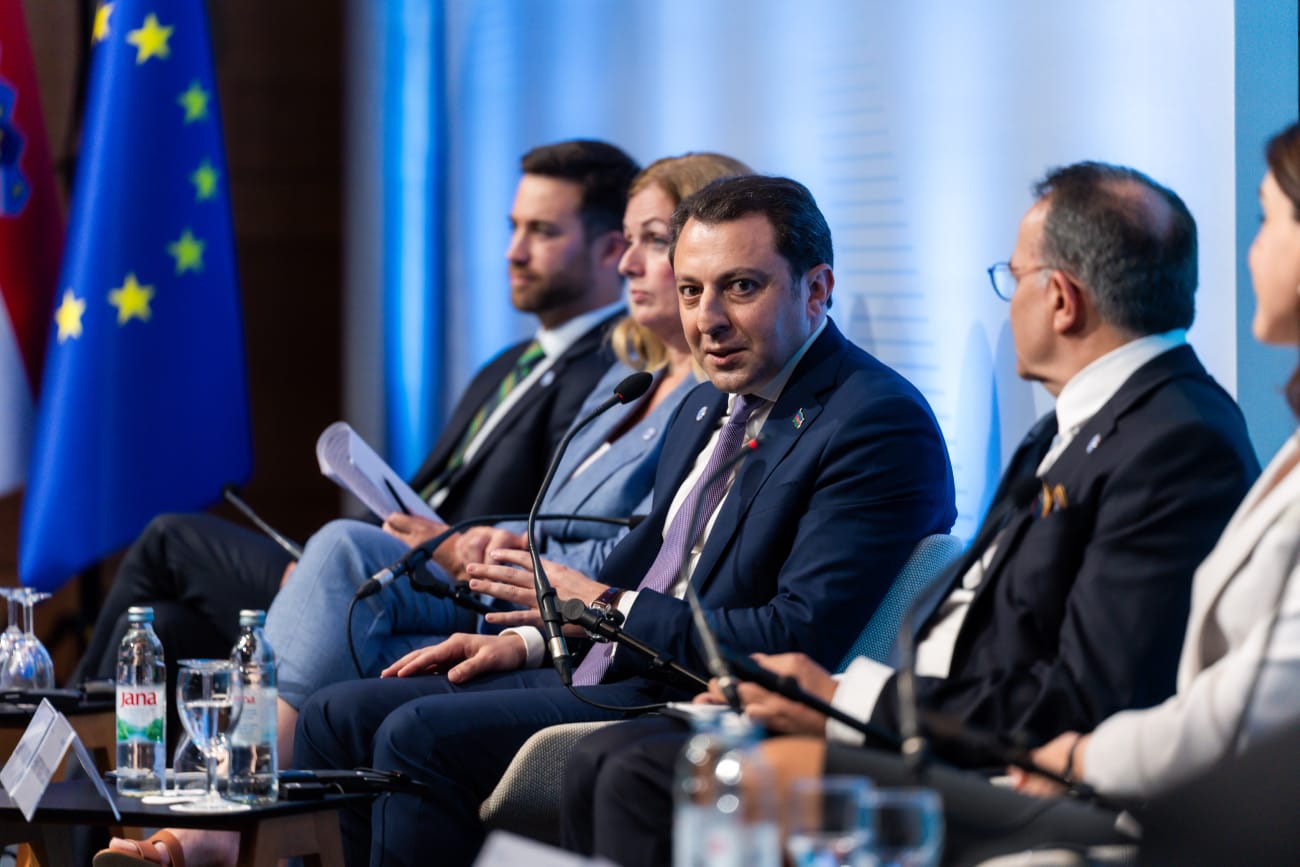
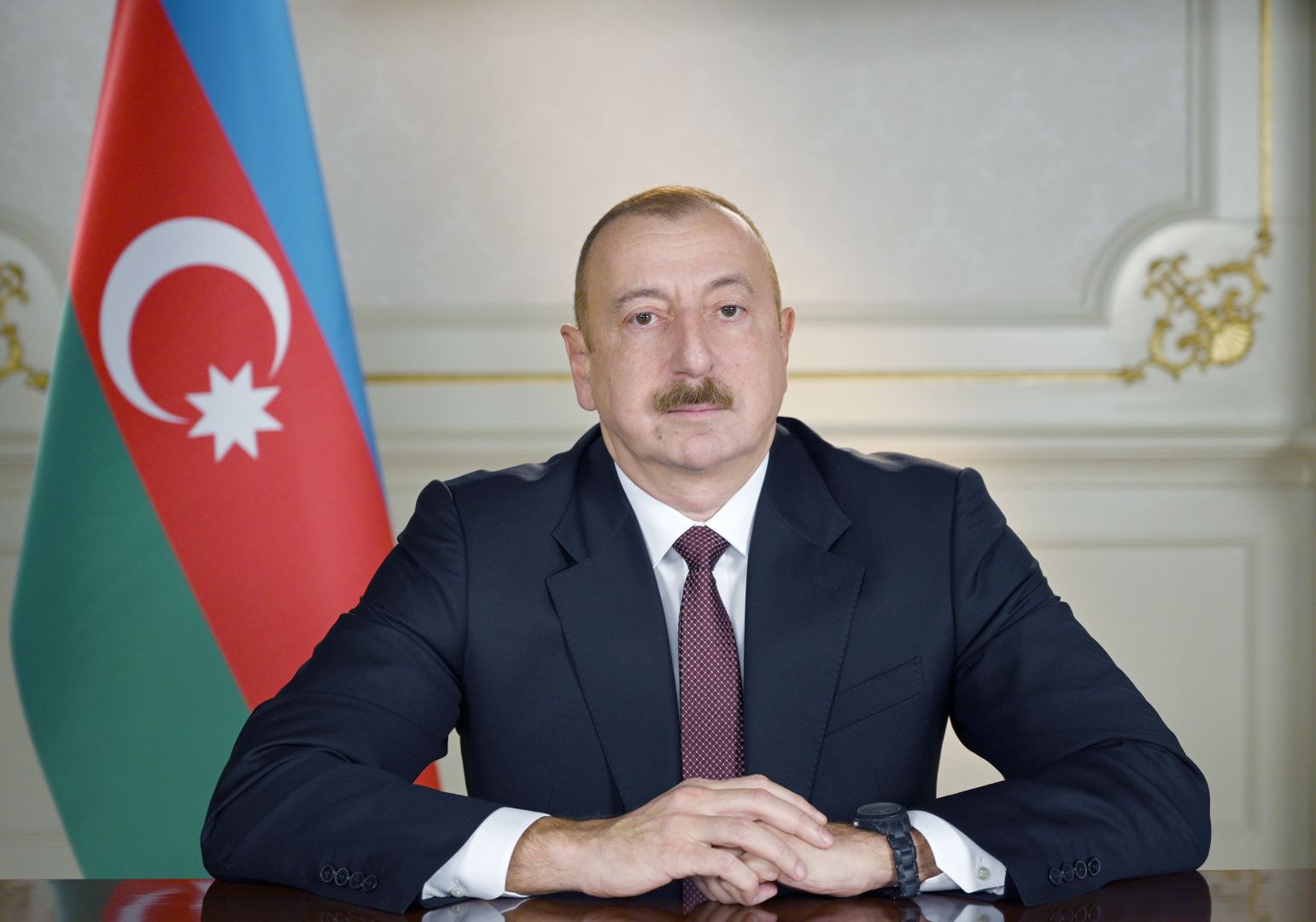


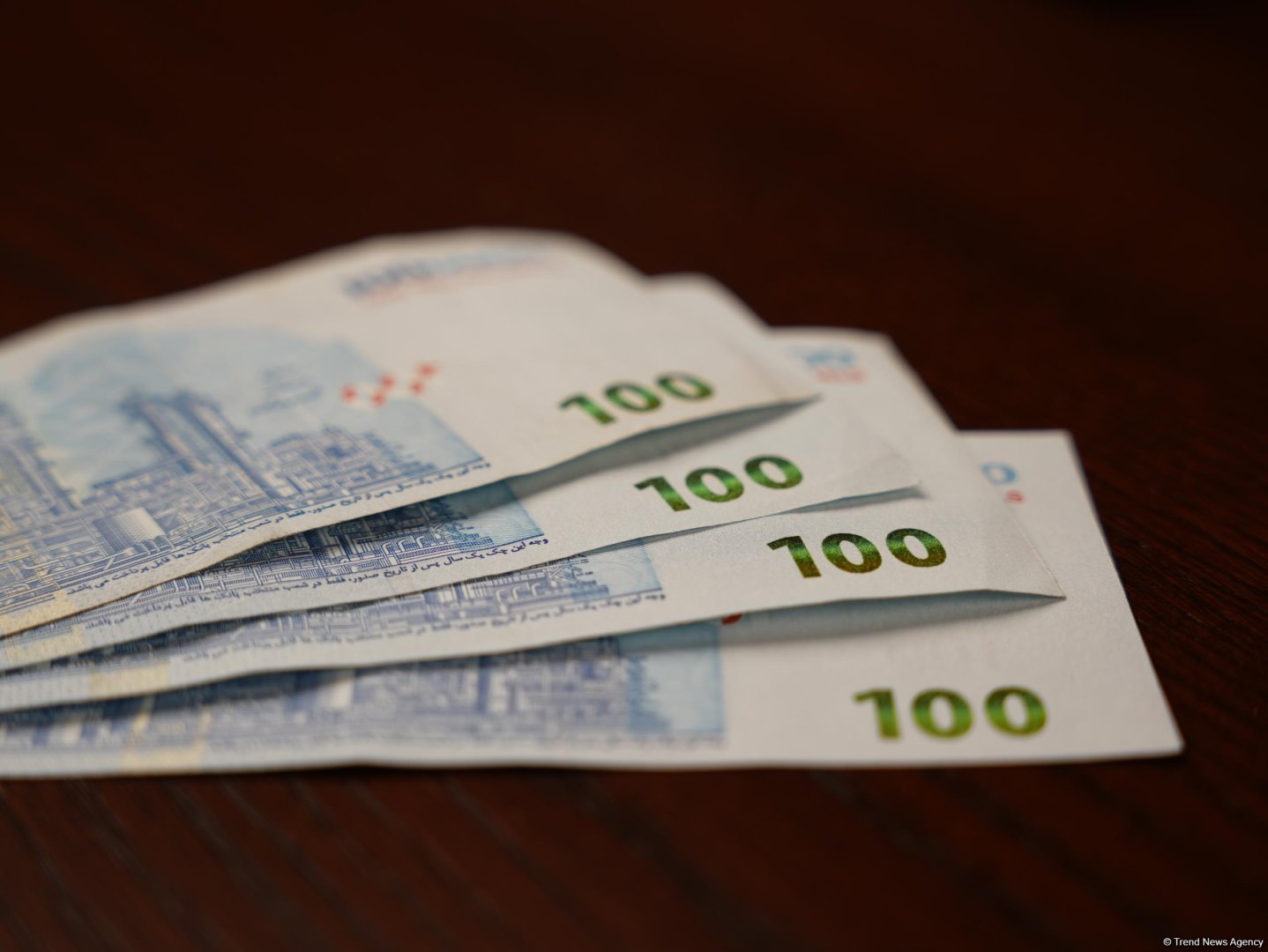










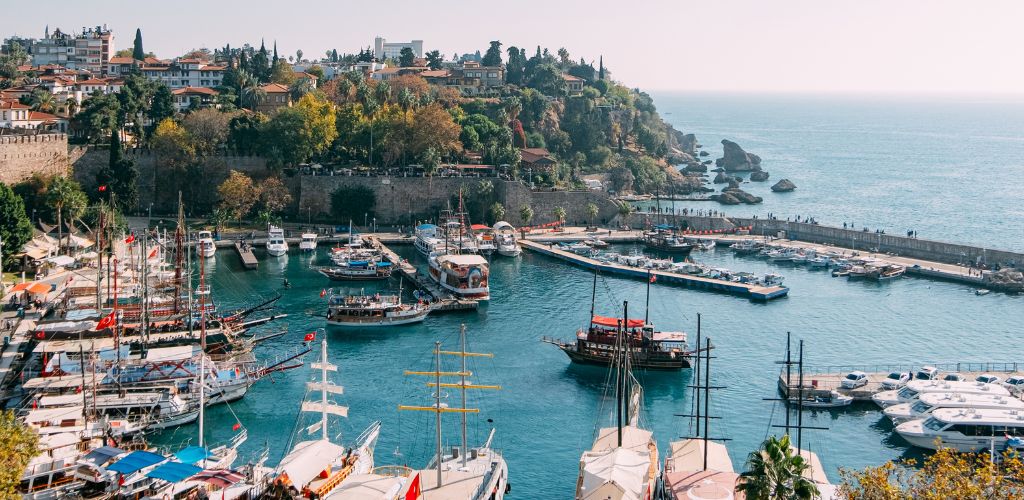
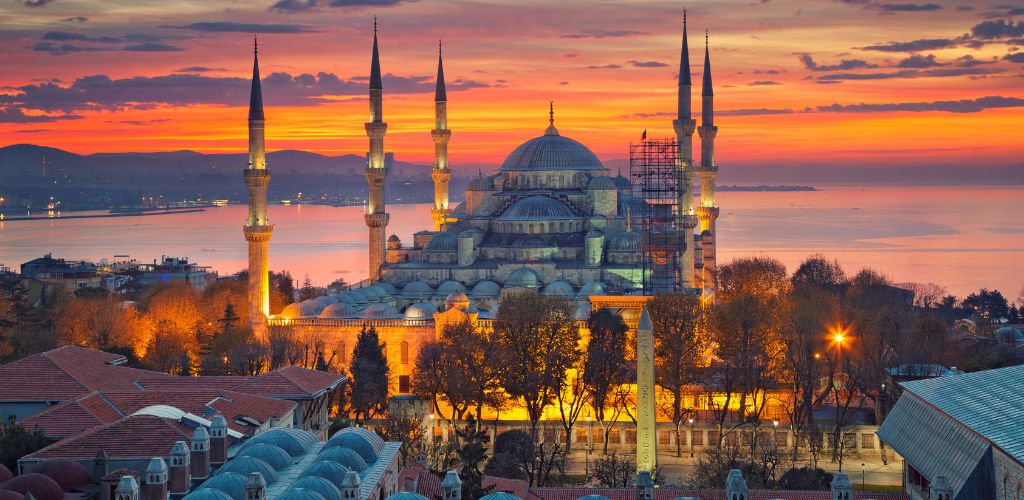








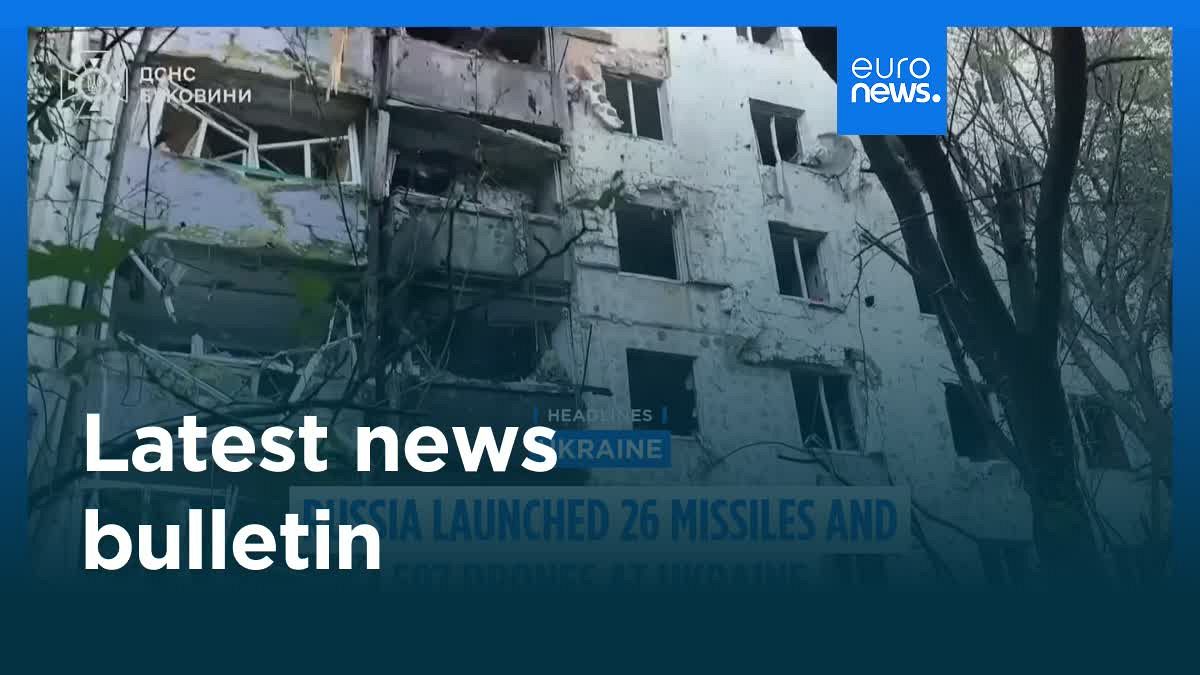

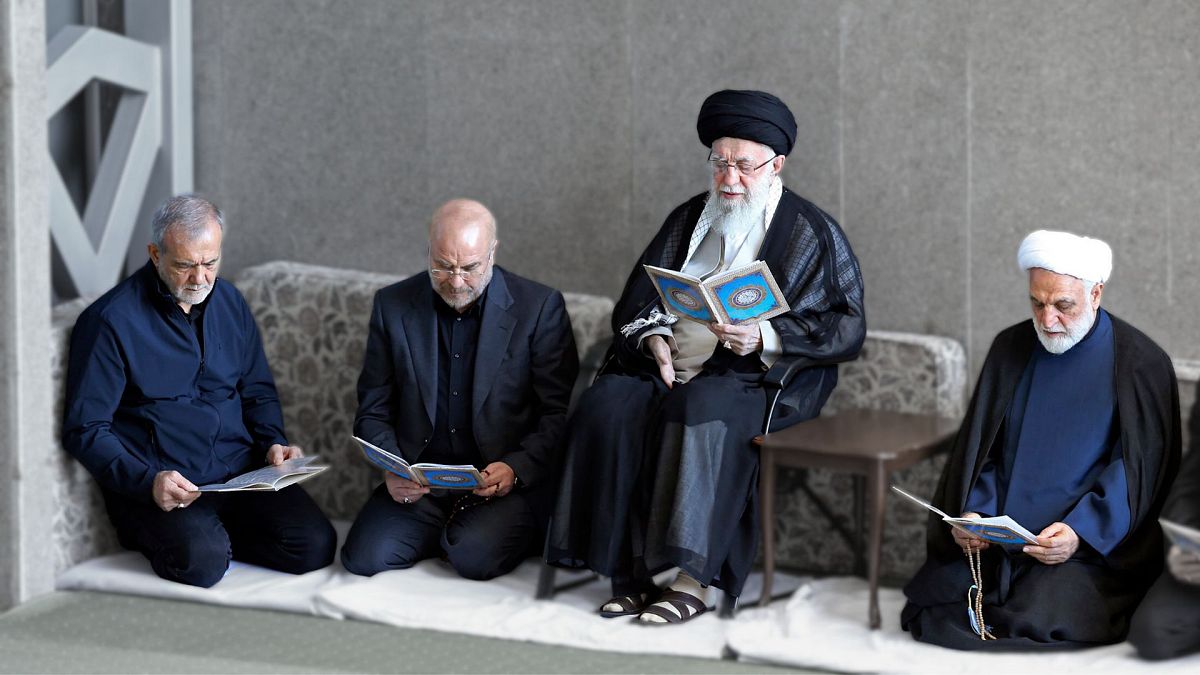








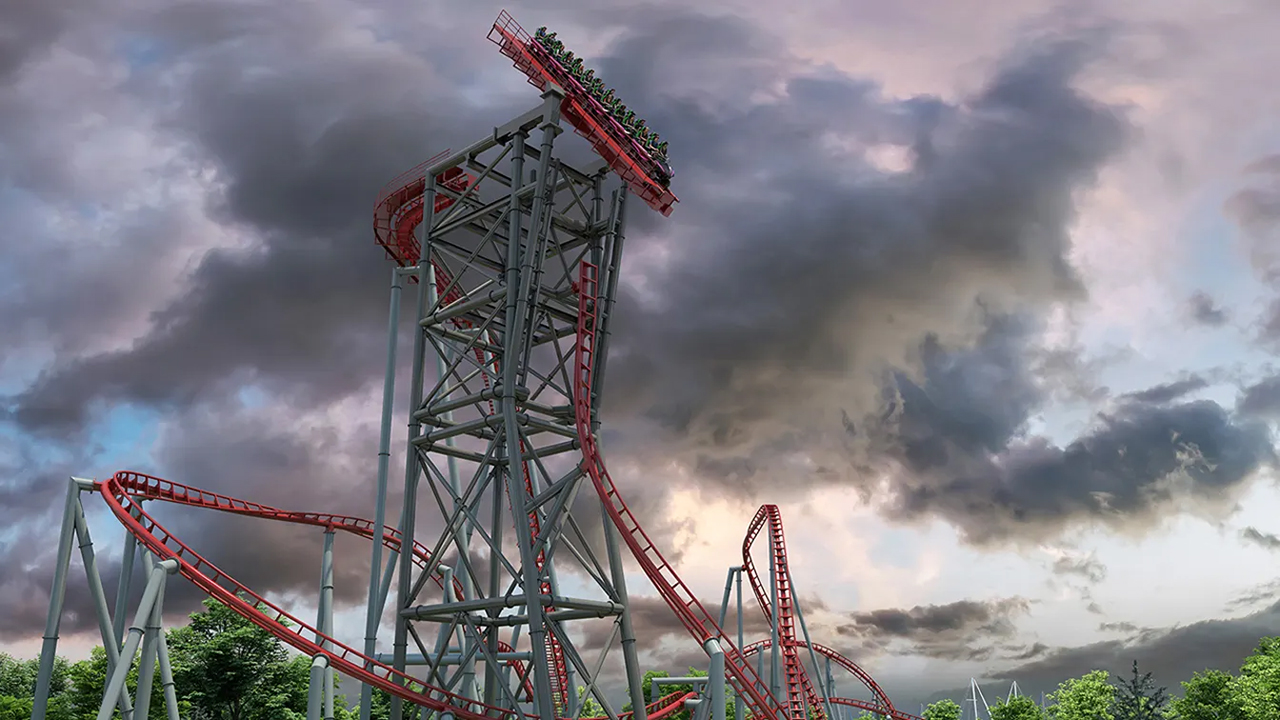

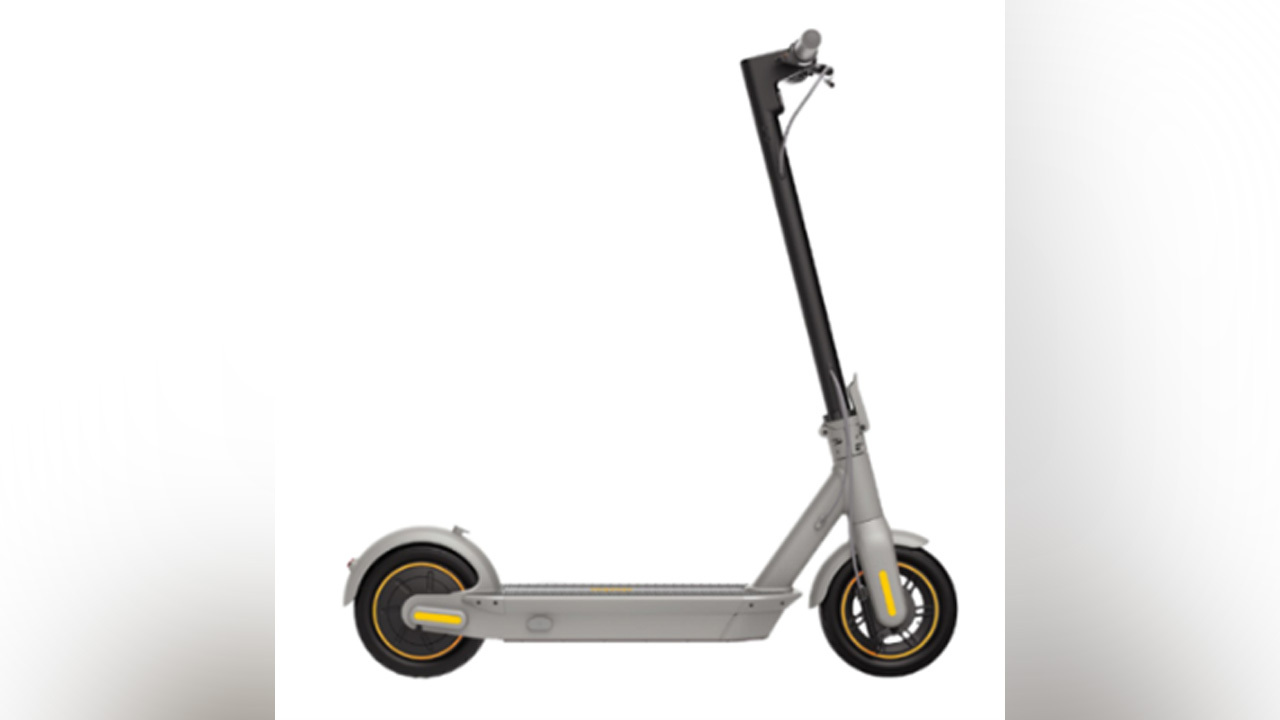




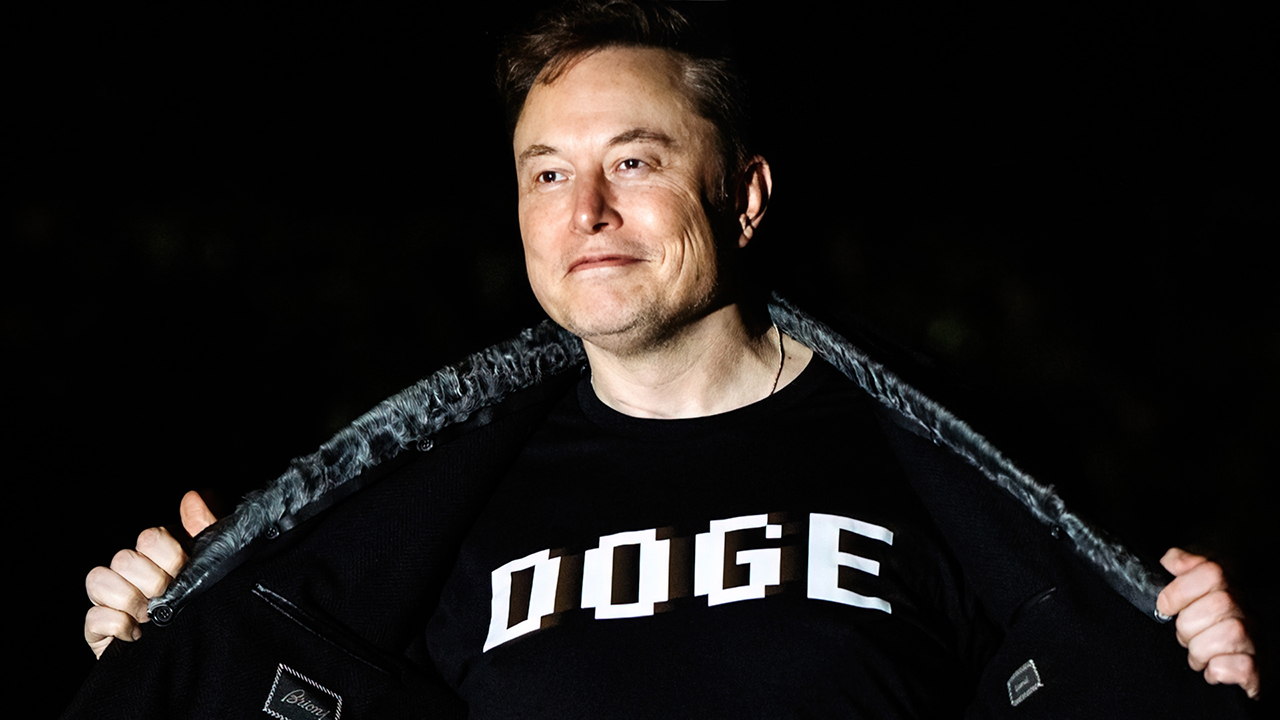


.png?Expires=1838763821&Key-Pair-Id=K2ZIVPTIP2VGHC&Signature=IO0~CT3pU-TcxGc~yoZSmoQx23MZVuK-~4jSii~NKEblRmyO3el7NXPu~Rh1o23voASg7hlcHLw4kvQuDK1jssEhcjoNBBvEpZ~GGOAU6yosBhpHpeF179F~h7i6VxmsBNh9gtTutkoqY73O2YCFey~IAqSzKbBqETP1kP9cAg1916Z1YkJJs-5MliMrkZ5d7-mWGLbpHp2wGj2VlMph8XzYlL4~y1O7fB~JdIS~Rs4RMRs2x0WT1qUIpHAsf3GdwtOyAmKFSpIg8xCyNGZZ5h~13nXlmpd7uPvW8tBfttpG9pFTqcway-uch5WyfHOEfi7UlJCOWrr6fCYY5PMgSg__)
